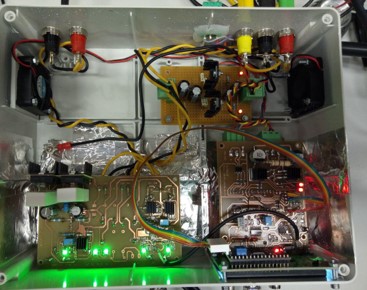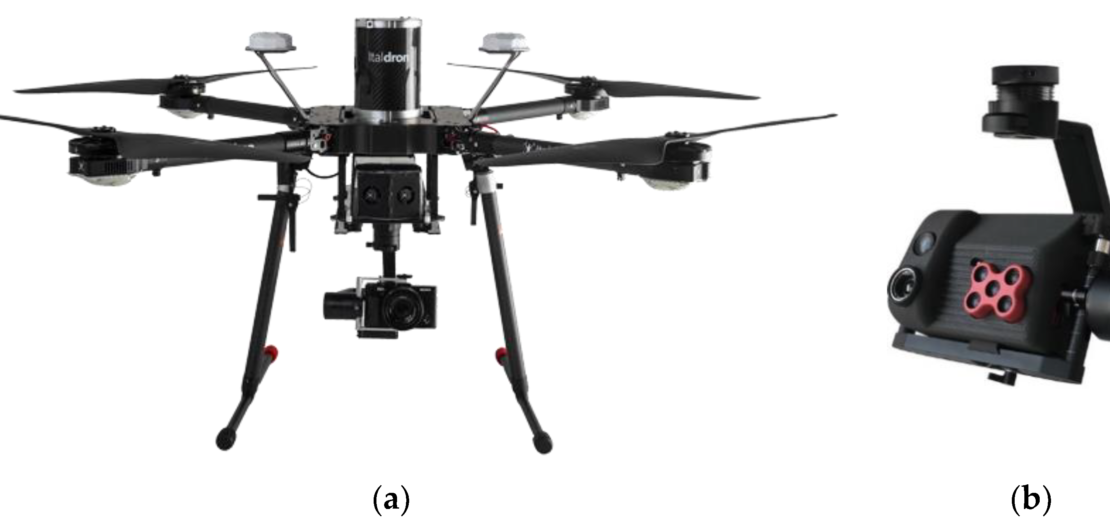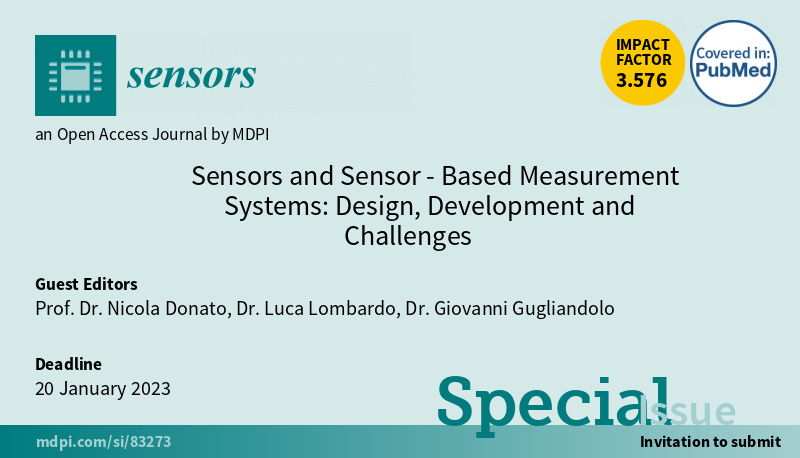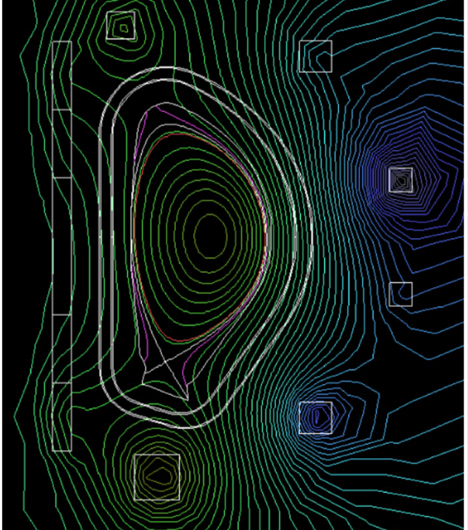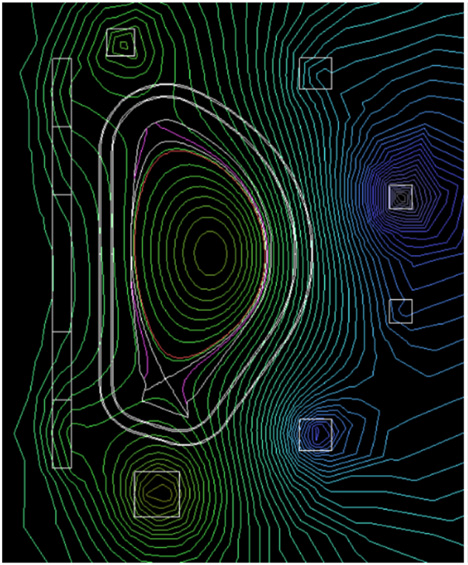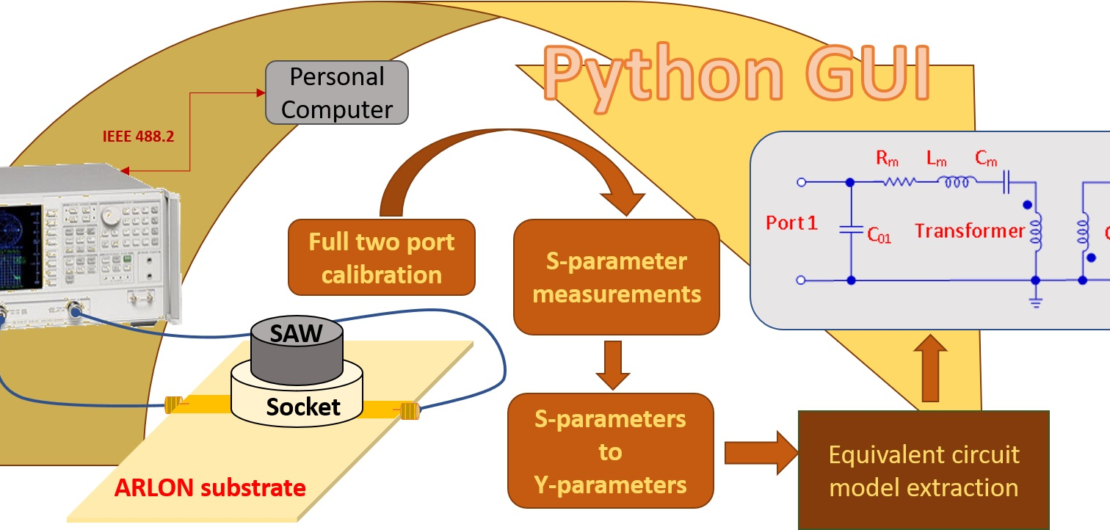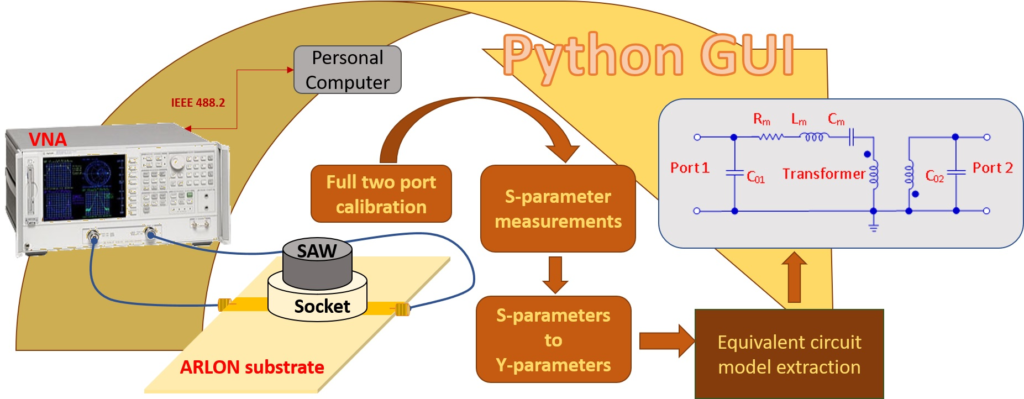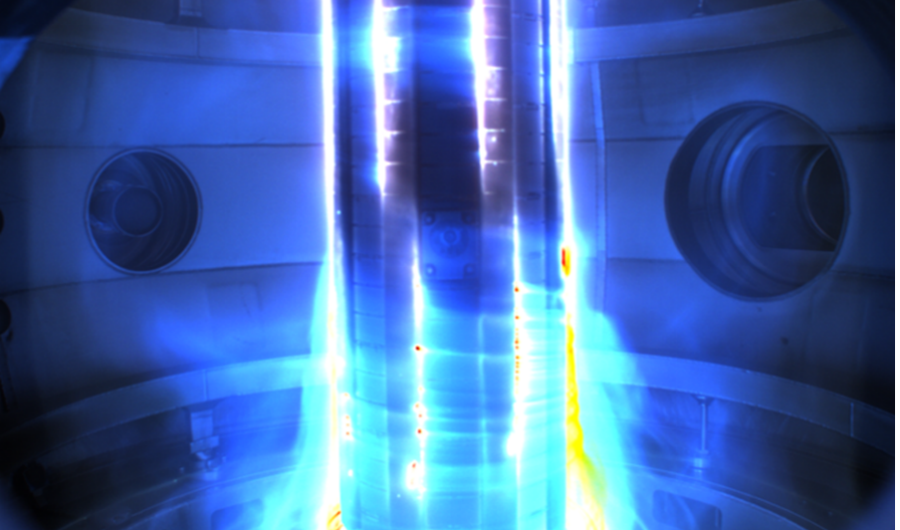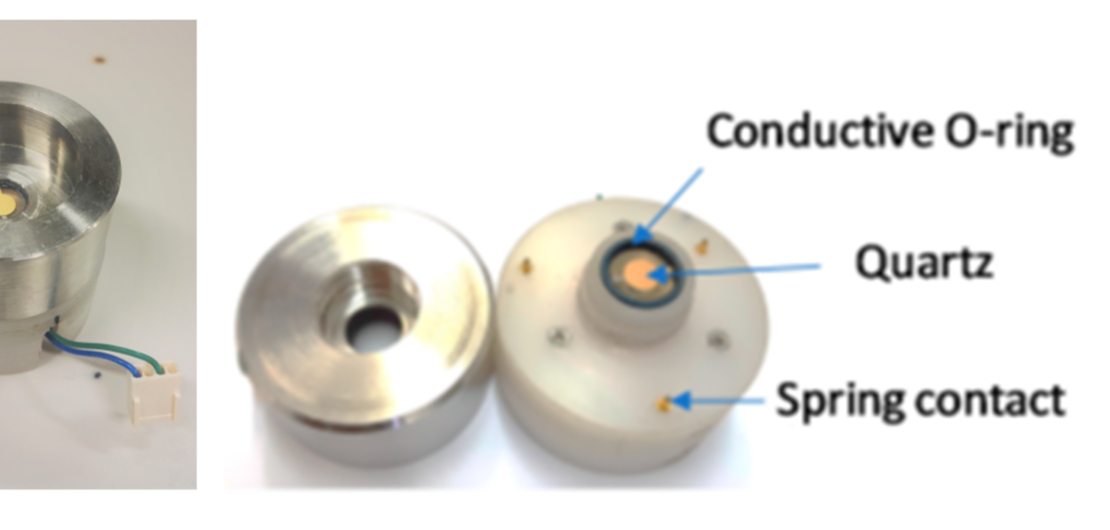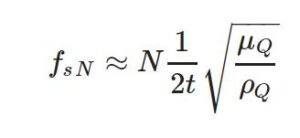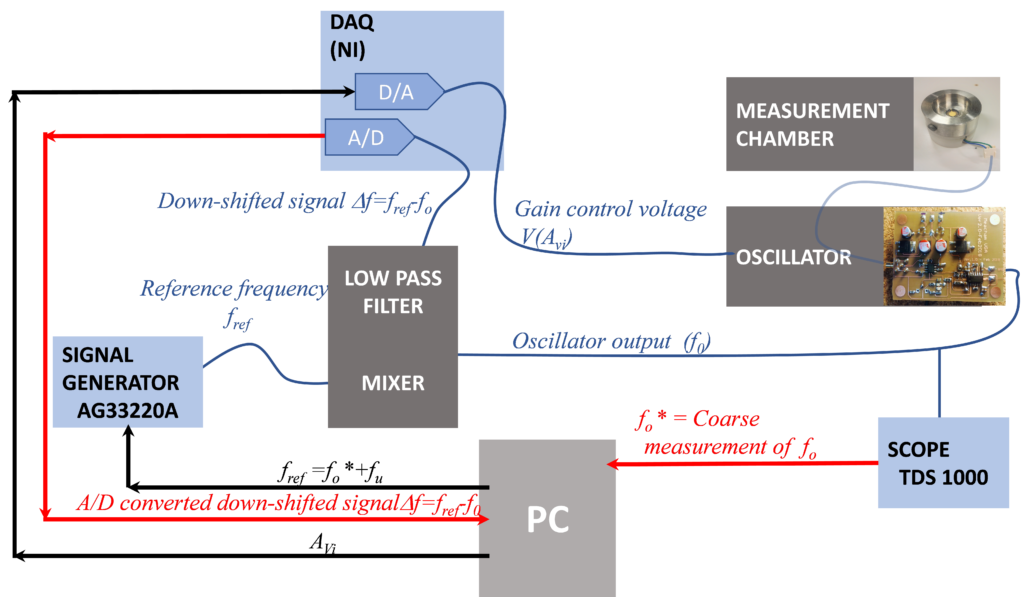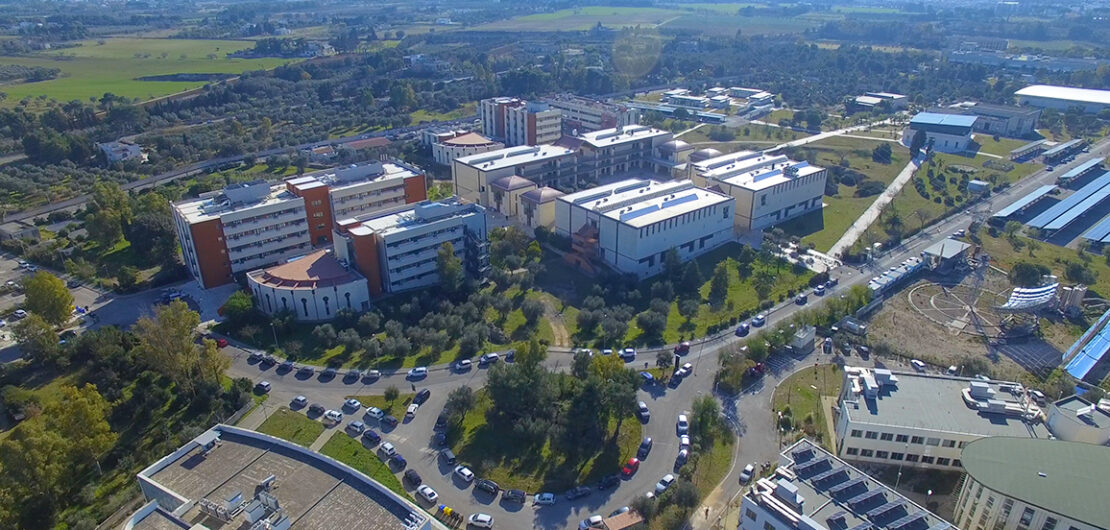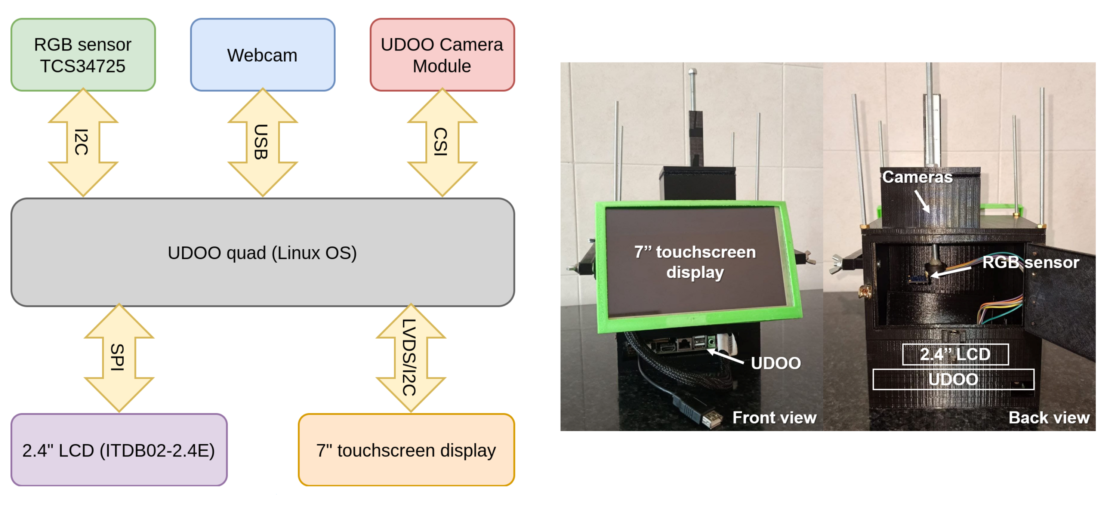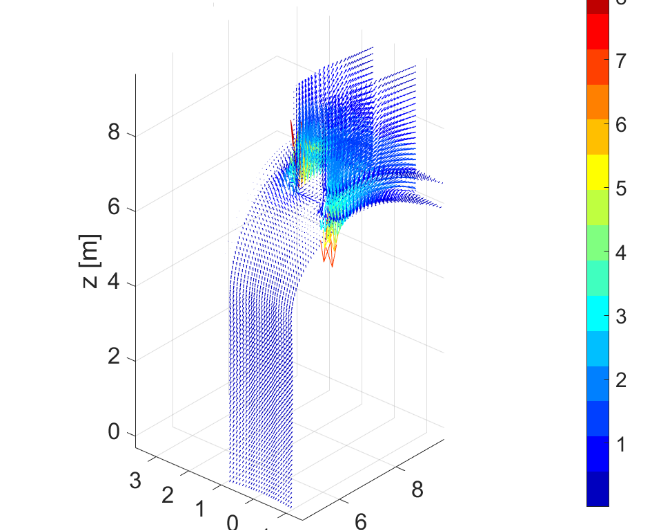 News
News
Using MAXFEA code in combination with ANSYS APDL for…
A new scientific paper has been published by the UNITUS Nuclear Fusion Research team, concerning the development of a new multiphysics and multicode approach aimed at 3D detailed evaluation of the electro-magnetic loads experienced by the tokamak structures both in normal and off-normal conditions, e.g. plasma disruptions [2].
Plasma disruptions are one of the major concerns in the design phase of fusion devices. The very high eddy and halo currents, induced in the passive structures, crossing the electromagnetic field generate huge loads. According to [3], plasma disruptions are usually classified depending on the position of the plasma column at the Thermal Quench (TQ), as Major Disruptions (MDs) and Vertical Displacement Events (VDEs). A Vertical Displacement Event (VDE) begins with a loss of position control that develops before any appreciable cooling of the plasma core. The occurrence of undesired plasma perturbations such as Edge Localized Modes (ELMs), unforeseen H-L and L-H transitions, minor disruptions (mDs), etc., that are strongly connected to variations of plasma internal parameters and, consequently, to plasma displacements, are among the possible causes of such instabilities [4]. During a VDE, in an initial phase, the plasma moves vertically away from its equilibrium position and starts to induce current in the passive structure mainly by its movement. In this phase, the plasma moves towards the wall, reducing progressively its area, typically with a little change in the total plasma current, since the plasma thermal energy is still present. Then, when the plasma starts to significatively interact with the structures or when plasma reaches a critical value of the safety factor, conditions for a rapid growth of MHD activity inevitably arise and the TQ occurs. As a consequence of the TQ, the ensuing increase in plasma resistivity produces the Current Quench (CQ) phase.
During the plasma evolution, especially during the TQ and CQ, toroidal and poloidal eddy currents are induced in the metallic components, respectively due to the dynamic effect of plasma Poloidal Field Variation (PFV) and Toroidal Field Variation (TFV). The plasma time evolution and the effects of such events on the passive structures can estimated through 2D axisymmetric codes, such as MAXFEA. However, the presence of 3D structures (e.g. ports, divertor, etc.) generates non-trivial currents paths and distribution of EM loads. In order to estimate the 3D effects, MAXFEA has been used in combination with ANSYS, allowing to estimate both PFV and TFV consequences on the 3D model. Considering the DEMO PMI configuration and a fast upper Vertical Displacement Event (VDE), the procedure was successfully benchmarked, comparing the MAXFEA and APDL results, in a case where the 3D Vacuum Vessel (VV) was considered axisymmetric. The methodology has been then exploited and applied to estimate the EM load distribution on the real DEMO VV.
[1] Maviglia et al., “Integrated design strategy for EU-DEMO first wall protection from plasma transients,” Fusion Eng. Des., vol. 177, no. February, p. 113067, Apr. 2022.[2] Lombroni et al., “Using MAXFEA code in combination with ANSYS APDL for the simulation of
plasma disruption events on EU DEMO”, Fusion Eng. Des., vol. 170, September 2021 112697, https://doi.org/10.1016/j.fusengdes.2021.112697[3] Hender et al., “Chapter 3: MHD stability, operational limits and disruptions,” Nucl. Fusion, vol. 47, no. 6, pp. S128–S202, Jun. 2007.[4] Sias et al., “Inter-machine plasma perturbation studies in EU-DEMO relevant scenarios: lessons learnt for EM forces prediction during VDEs,” Nucl. Fusion, Feb. 2022.
